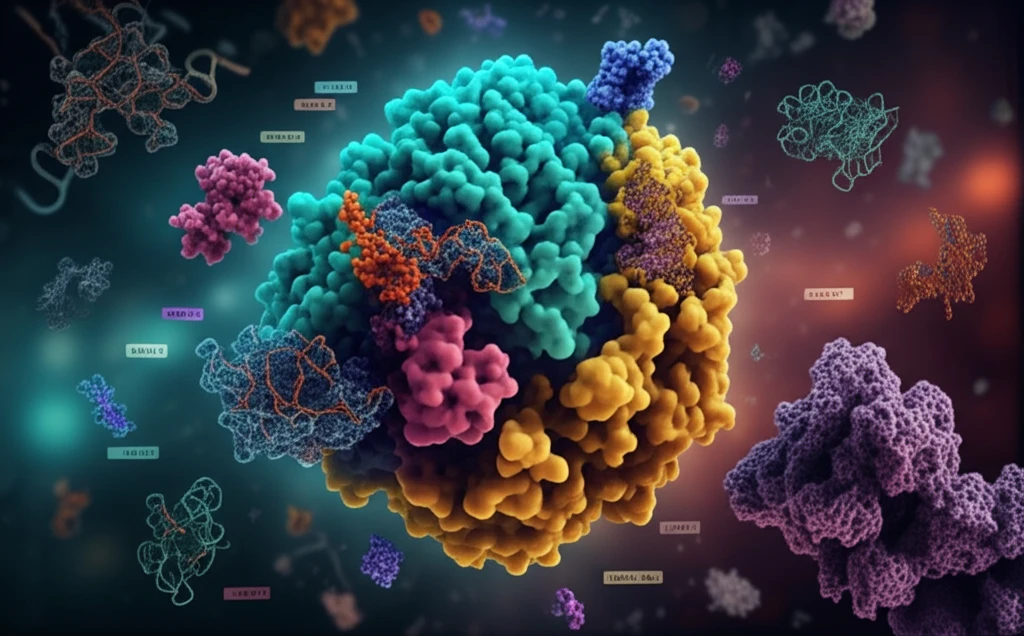
Decoding the Secrets of Glucocorticoid Receptors: How They Shape Your Health
"Unraveling the mystery of glucocorticoid receptor activation and its implications for overall well-being."
In the realm of molecular biology, glucocorticoid receptors (GRs) stand as pivotal players in regulating a myriad of physiological processes. These receptors, activated by glucocorticoids like cortisol, influence everything from immune responses and metabolism to cognitive functions and emotional balance. Understanding how these receptors function at the molecular level is crucial for developing targeted therapies for a range of conditions, including autoimmune diseases, metabolic disorders, and even certain cancers.
The study of GRs has a rich history, with early research focusing on their role in inflammation and stress response. However, modern techniques in molecular biology have revealed a far more complex picture, highlighting the intricate mechanisms by which GRs interact with DNA, recruit other proteins, and ultimately alter gene expression. This complexity underscores the importance of ongoing research aimed at fully elucidating the GR signaling pathway.
Recent findings have shed light on the significance of specific proteins, such as BRG1, TOP2β, and Ku70/86, in the GR-mediated transcriptional activation process. These proteins play critical roles in chromatin remodeling, DNA topology, and DNA repair, respectively. Understanding how these factors collaborate with GRs provides a deeper insight into the dynamics of gene regulation and opens new avenues for therapeutic intervention.
The Intricate Dance of Glucocorticoid Receptors and Transcriptional Activation

Glucocorticoid receptors do not work in isolation. Their activity is heavily dependent on interactions with other proteins and DNA sequences within the cell. When a glucocorticoid hormone binds to its receptor, the GR undergoes a conformational change, enabling it to interact with specific DNA sequences known as glucocorticoid response elements (GREs). However, this is just the beginning of a complex molecular dance.
- BRG1: Functions as a chromatin remodeler, altering the structure of DNA to make it more accessible to transcription factors.
- TOP2β: Modifies DNA topology, relieving torsional stress and facilitating DNA unwinding during transcription.
- Ku70/86: Primarily involved in DNA repair, but also plays a role in transcriptional regulation by stabilizing DNA structures.
Implications and Future Directions
Understanding the intricate mechanisms by which glucocorticoid receptors regulate gene expression has profound implications for human health. By unraveling the molecular details of GR signaling, researchers can develop targeted therapies for a wide range of diseases. For instance, drugs that selectively modulate GR activity could be used to treat autoimmune disorders, metabolic diseases, and even certain types of cancer. As research continues to uncover new insights into the GR signaling pathway, the potential for therapeutic innovation is immense.
